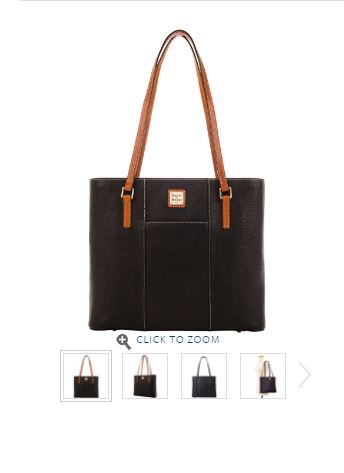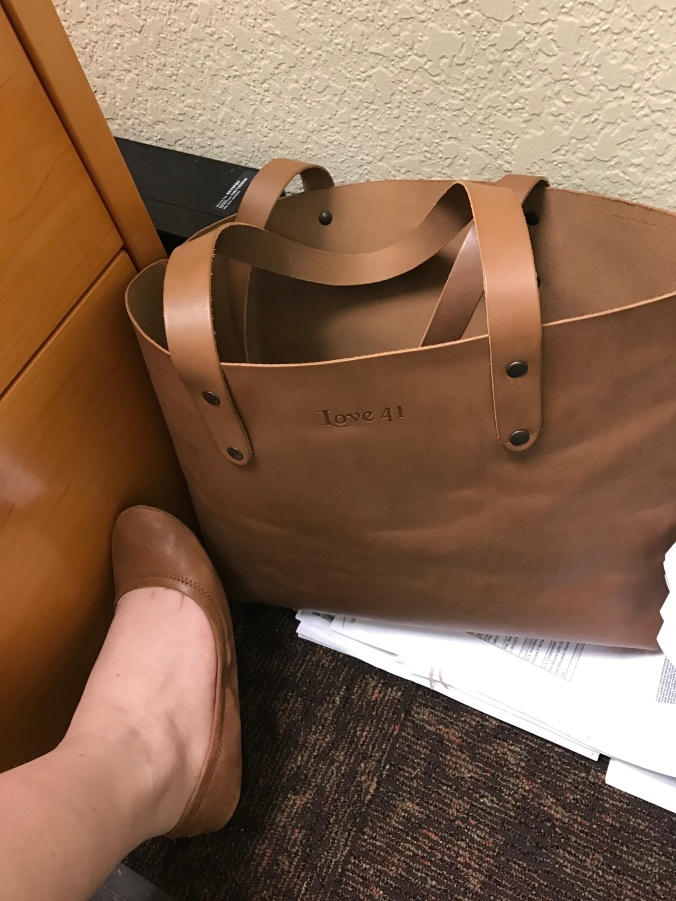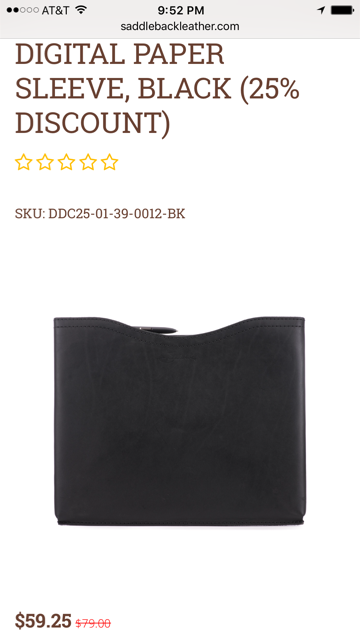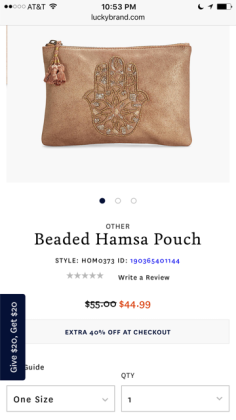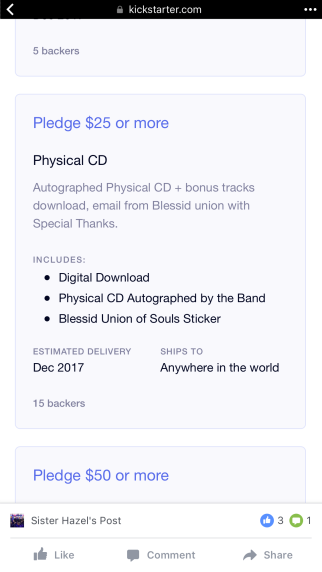I posted the following minimalist meme on my Facebook page the other day:
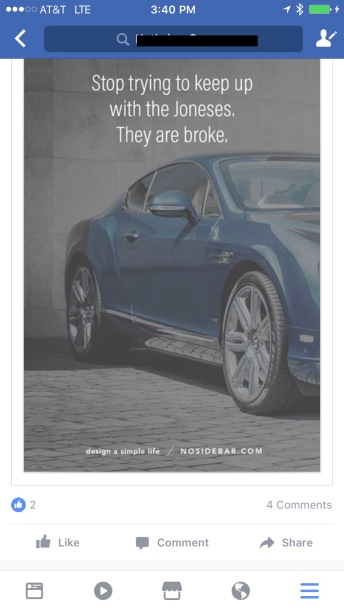
It got the following response from my friend, which I simply responded to by posting this article from the Minimalists, in which Joshua Fields Millburn talks about leaving his 6-figure, suit-and-tie corporate job.

My friend responded once again, and I did not respond any further.
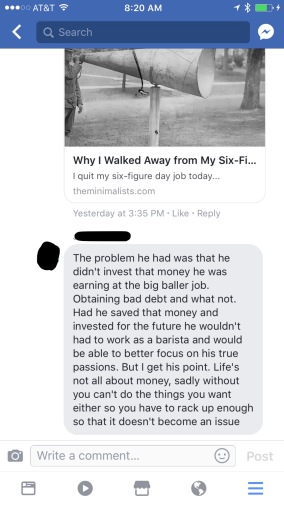
This is exactly why we need minimalism. It is so easy in our society to get stuck in “the Cycle of More” – the more stuff we want, the more money we need, and the more hours we need to work to make ends meet. When we realize that we can do with a lot less than we thought, we need less time and money to meet our needs and anything over and above that can be used for the things we want – depending on our priorities.
As well-intentioned as my friend might have been, they missed the point. The nature of our capitalist culture is that there is always something else out there, so if we do not define our priorities, it’s easy to stay in the “Cycle of More” – A person with a Honda wants a BMW, the person with a BMW wants a Maserati, the person with a Maserati wants a Rolls Royce and on and on and on. There are also innumerable upgrades and personalization options available – paint jobs, rims, seat covers, floor mats, hood ornaments – for a variety of budgets. And that’s just cars. Joshua “obtained bad debt and whatnot” because he entered the “Cycle of More.”
It is a myth that we can ever be satisfied by things. There’s always a bigger house in a nicer neighborhood, a newer and/or nicer car, a bigger television, a newer gadget – you name it! Someone is always going to have something we want. Without priorities, nothing is ever enough – we could have a salary of $1,000,000 per year and it wouldn’t be enough! There’s always something bigger and better out there to entice us! As if there isn’t enough pressure from advertisements, marketing, and our own insecurities, other people can put pressure on us, directly and indirectly.
In high school, I worked part time to purchase my own car – a 10-year-old Oldsmobile rust bucket. It wasn’t pretty, but it got me to work and school and, more importantly it was MINE. I earned it with my own hard work. I got my own car before my older brother, because I got a job first.
My parents had a convertible that was about 7 years old at the time and they’d had for a few years but was in PRISTINE condition. Beautiful and shiny, it was extremely exciting when they let me borrow it on rare occasions. My friends and I thought we were so hot as we piled in and headed to the mall. The first friends I picked up squealed with delight as they saw our ride for the day. When we went to pick up my friend’s boyfriend, I was waiting for him to be impressed, since our usual ride was the rust bucket, but he got into the car and sneered, “Do you have a car that’s NOT old?” My heart dropped.
I got engaged the summer after my first year of law school staring down crippling student loan debt and bad future job prospects in a tough legal job market. My then-fiance did not have the good job he has now. I was accepted for a competitive public interest fellowship from my school, which awarded a stipend to a selected student who had committed the summer semester to working for a public interest agency. I spent the summer working for Legal Aid, answering phones and interviewing clients to earn my stipend. We had the conversation about getting engaged and decided to go shopping for a ring together. Rather than financing it and going into debt for a piece of jewelry, we decided to pay cash on the spot, which we did. That meant our budget was much smaller than the nearly $6,000 “average.”
I was thrilled with the ring I helped choose. I couldn’t imagine a more beautiful ring. It was exactly what I wanted. We chose a timeless ring—a sparkly, brilliant, half-carat round solitaire on a simple, plain 14-karat gold band. Eschewing typical American values, we prized quality over size, which is why my ring regularly attracts attention and gets compliments, despite its relatively modest size compared to American expectations. (Just because I’m a minimalist doesn’t mean I don’t enjoy compliments!) When I recently went to have the ring cleaned and inspected – a service provided for free by the jewelry store we purchased it from – the clerk who cleaned it actually asked me what I use to clean it at home because it is so sparkly. (In case you’re curious, I swear by Goddard’s products –another voluntary, non-sponsored product endorsement).
It is a gorgeous ring and it never occurred to me that some people expected an engagement ring to be bigger and flashier, until I started showing it off. A law school classmate, after seeing my ring, commented that she would say no if it was less than 2 carats. (Indeed, there are people who believe that a woman should refuse less than a 1 carat diamond engagement ring as evidence the man does not love her enough). Another chimed in she would say no if it wasn’t a designer ring by Tacori. I wanted to cry. This ring, which was such a source of pride and a symbol of love, made me feel embarrassed temporarily, until I gave myself a pep talk about not needing to impress those people.
This is why such an important part of minimalism is resisting these pressures. While my friend’s boyfriend was incredibly rude about my car, he was in high school. My law school classmates, on the other hand, I’m afraid had no justification for such snobbery. When you are feeling undue pressure to enter the “Cycle of More” to impress people, remember this:
“To the barefoot man, happiness is a pair of shoes. To the man with old shoes, it’s a pair of new shoes. To the man with new shoes, it’s stylish shoes. And of course, the fellow with no feet would be happy to be barefoot. Measure your life by what you have not by what you don’t.”
― Michael Josephson

